
Choosing a Router Base: Flat vs Round Side
George VondriskaThere are lots of aspects of woodworking that are intuitive. Some, not so much. This is an example of not so much.
Routers and Fences
One way to guide a router through a cut is to attach a fence to the router, allowing the fence to ride along the edge of your work. An alternative approach is to attach a fence to your work, allowing the base of the router to ride along the fence. This shop-made approach is handy, since it doesn’t require you to go out and buy any router accessories. But you’ve got to make sure you’re handling this the right way.
Flat or Round?
Router bases, universally, are mostly round. Many of them have one flat portion. When you’re clamping a fence, a straight edge, to your work so you can follow it with your router, your intuition will probably tell you to let the flat portion of the router base ride along the straight edge of the fence. It seems to make perfect sense. But in practice, this is a bad idea. The video shows you why. So, why are the flat sides to router bases? It’s a mystery to me.
An Incredibly Versatile Tool
There are SO many things you can do with a router. To name just a few: joinery, decorative edges, and inlay. The router is a versatile tool, but you also need to understand how to use a router to make sure you’re using it correctly and safely.
Shop-made Jigs Help, Too
A router fence is great. Clamping a straight edge to your project works, too. But sometimes you need a slightly more specialized jig, like when you’re cutting dados with a router.
Share tips, start a discussion or ask one of our experts or other students a question.
Already a member? Sign in
6 Responses to “Choosing a Router Base: Flat vs Round Side”
Explore videos by George Vondriska
You may be interested in
Premium Membership
Unlock exclusive member content from our industry experts.
- 24/7 Access to Premium Woodworking Videos, Projects, and Tips
- Step-by-Step Instructional Demos, Plans, and Tutorials
- 50% Off Video Downloads Purchased in the Woodworkers Guild of America Shop
- 2 Printable Woodworking Plans
Unlock exclusive member content from our industry experts.
- 24/7 Access to Premium Woodworking Videos, Projects, and Tips
- Step-by-Step Instructional Demos, Plans, and Tutorials
- 50% Off Video Downloads Purchased in the Woodworkers Guild of America Shop
- 2 Full-Length Video Downloads to Watch Offline
- 2 Printable Woodworking Plans
Gold Membership
$370 Value
Get everything included in Premium plus exclusive Gold Membership benefits.
- 24/7 Access to Premium Woodworking Videos, Projects, and Tips
- Step-by-Step Instructional Demos, Plans, and Tutorials
- 8 Full-Length Video Downloads to Watch Offline
- 3 Full-Length Woodworking Classes to Keep for Life
- 7 Printable Woodworking Plans
- Discounts on Purchase-to-Own Content in the Woodworkers Guild of America Shop
- Access to Ask the Expert Program
- Exclusive GOLD LIVE Streaming Events
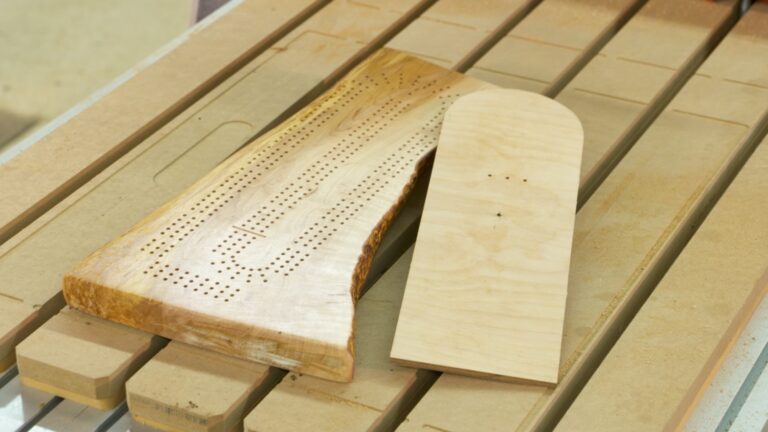


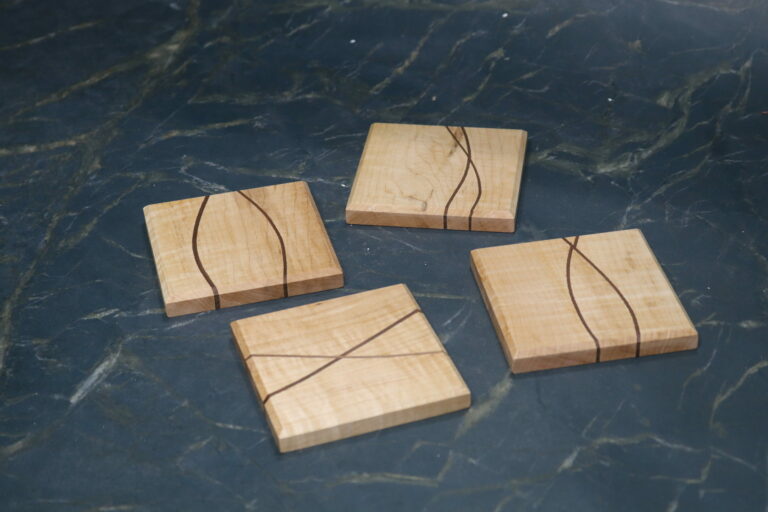
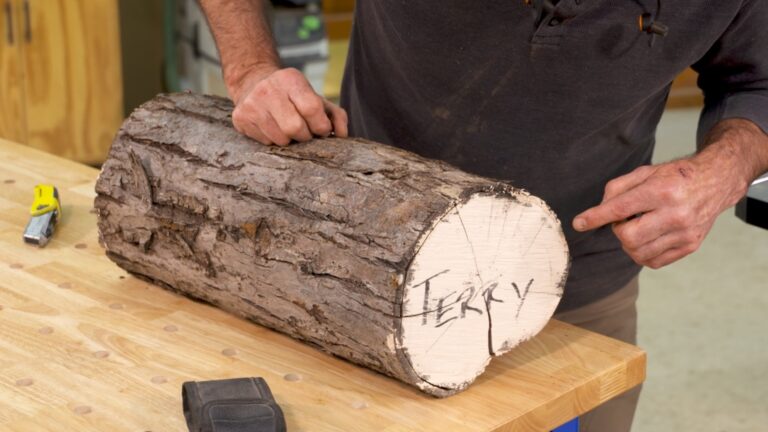
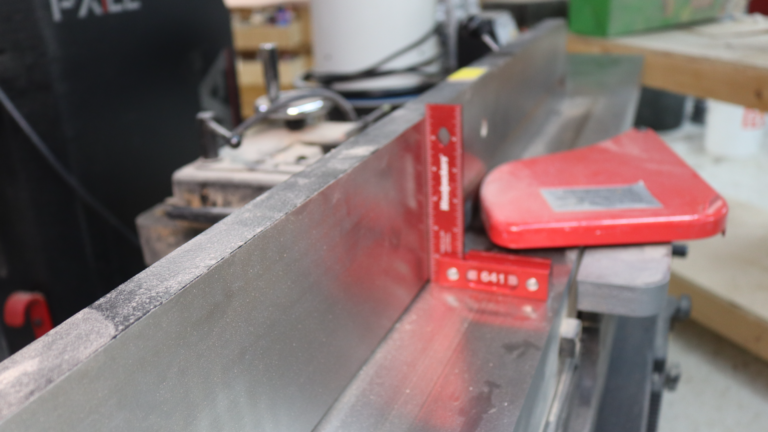
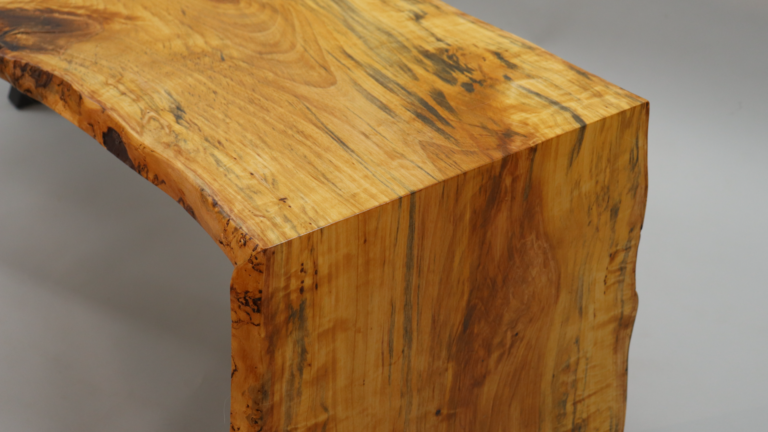


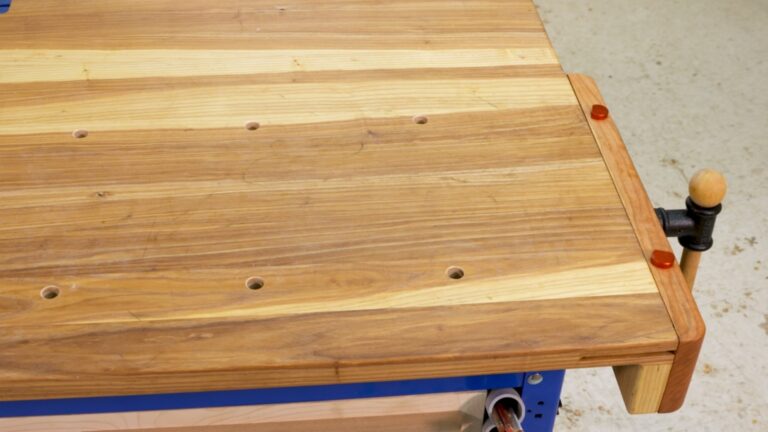

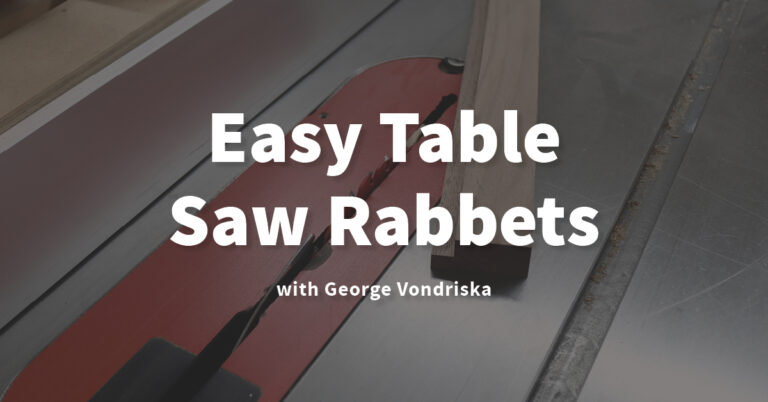
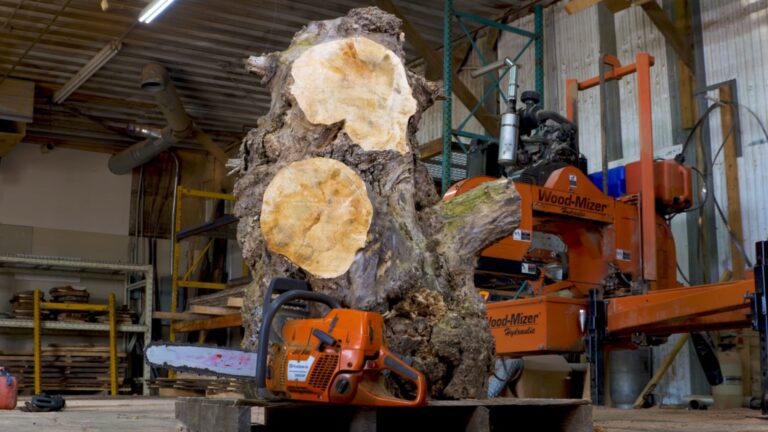


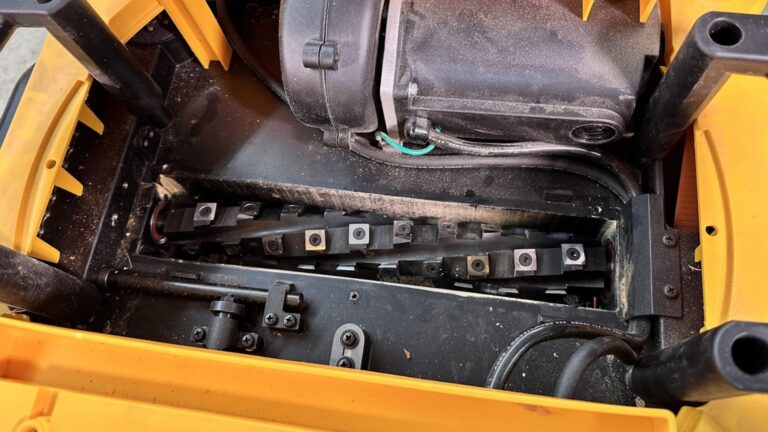
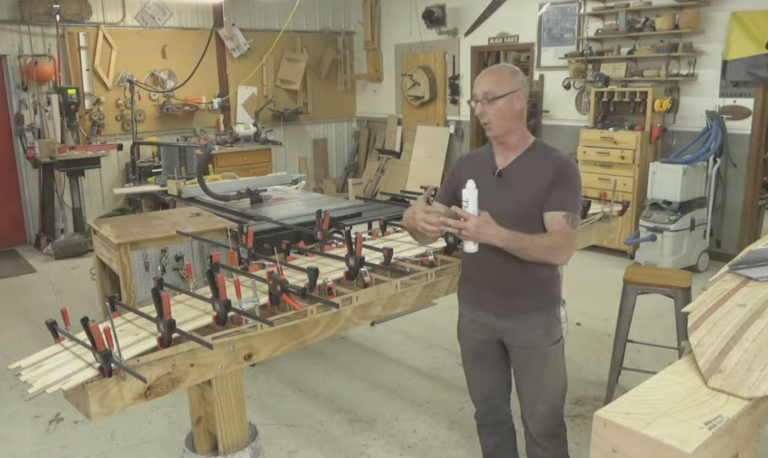



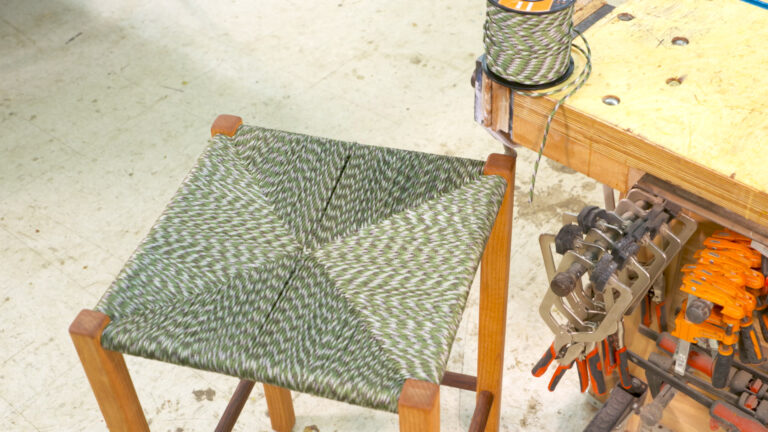
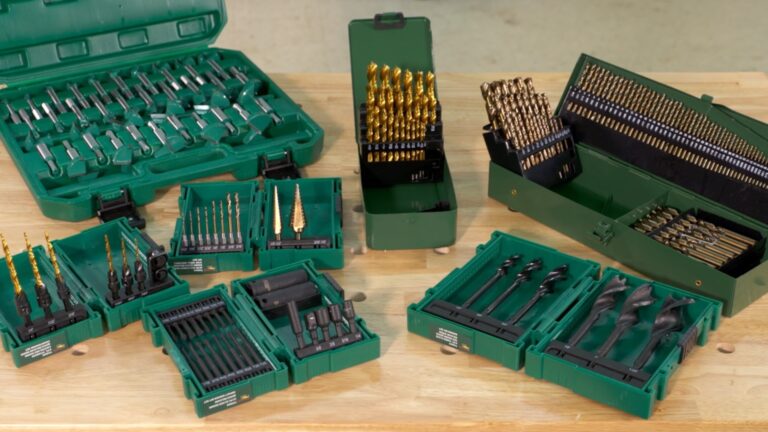




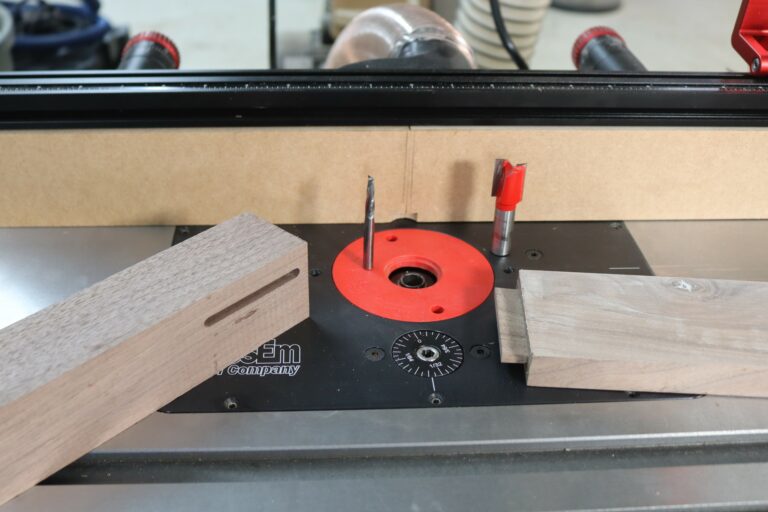

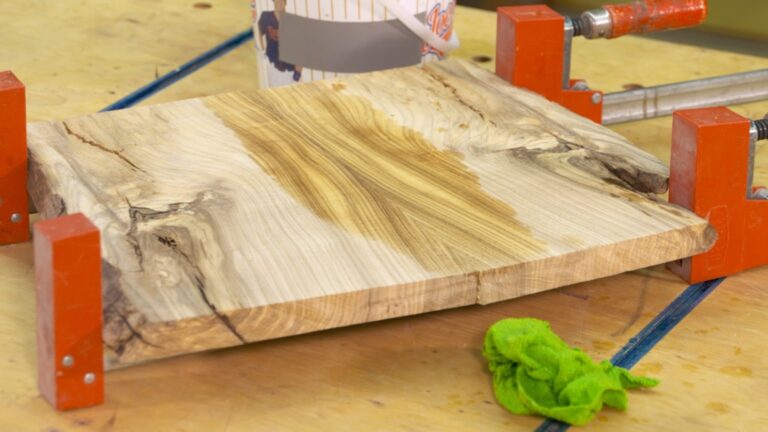
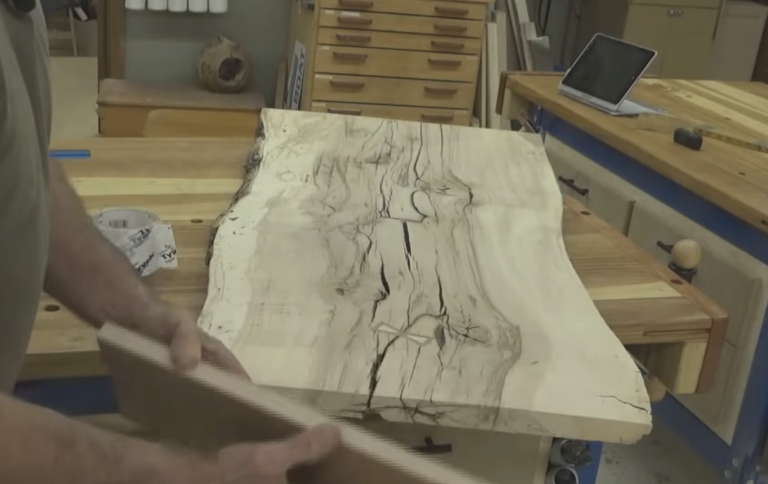

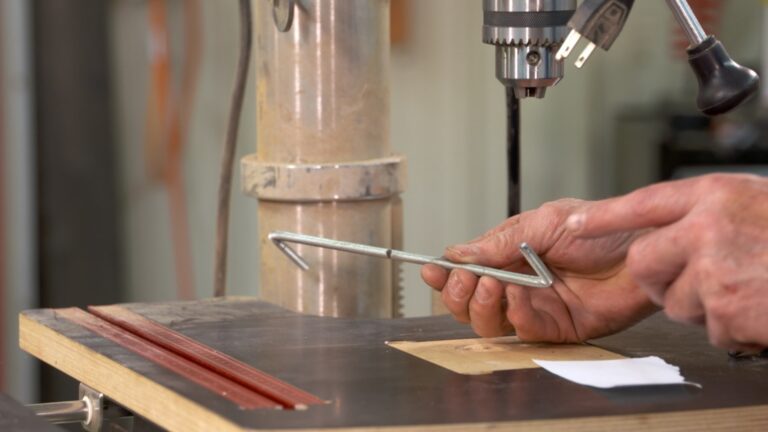

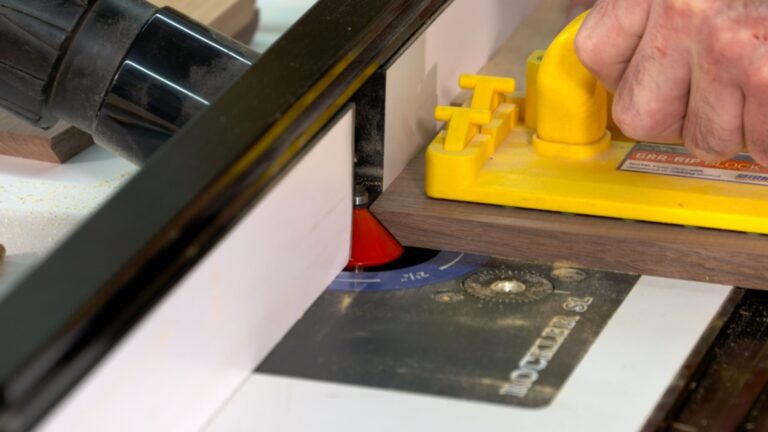

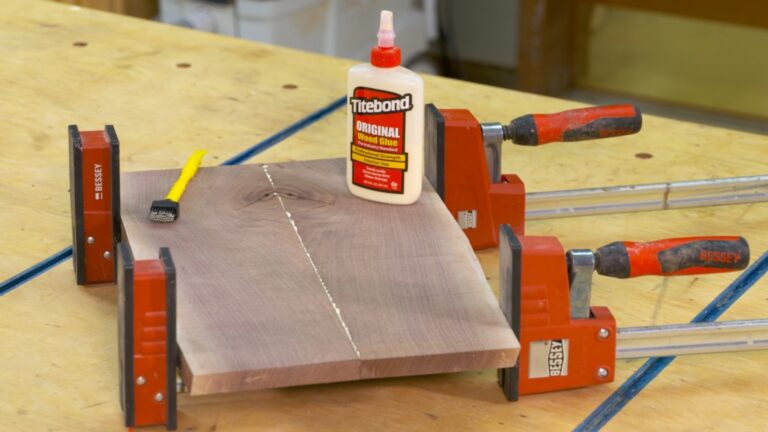
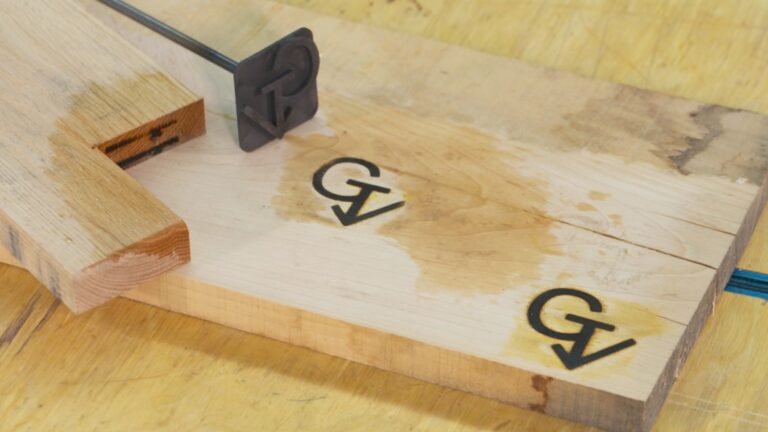
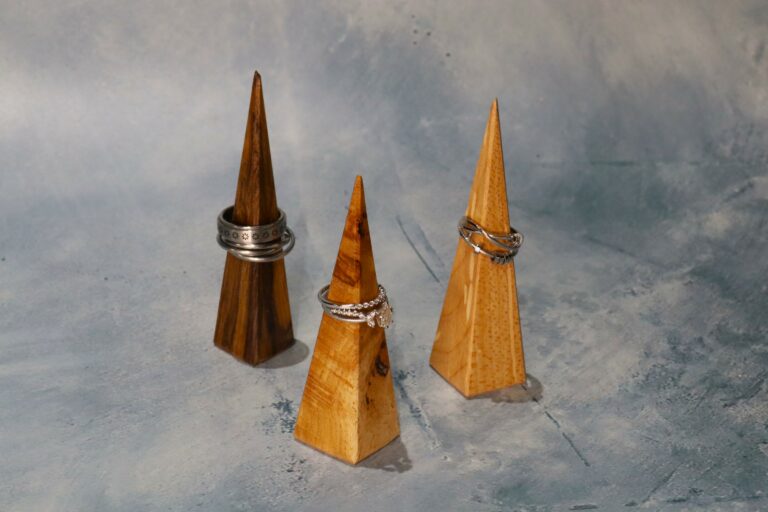
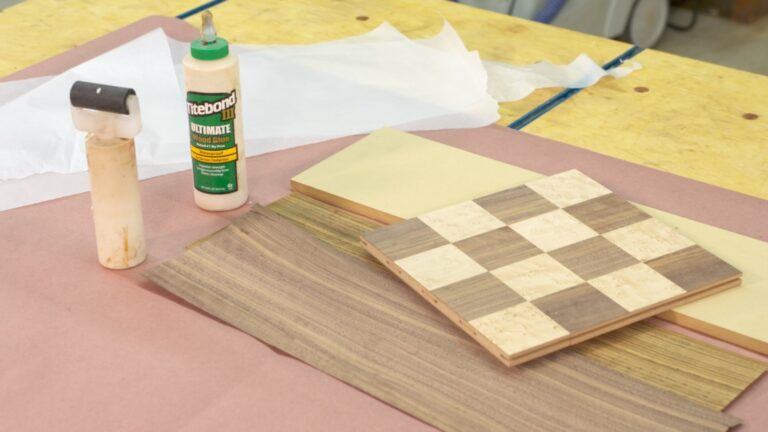
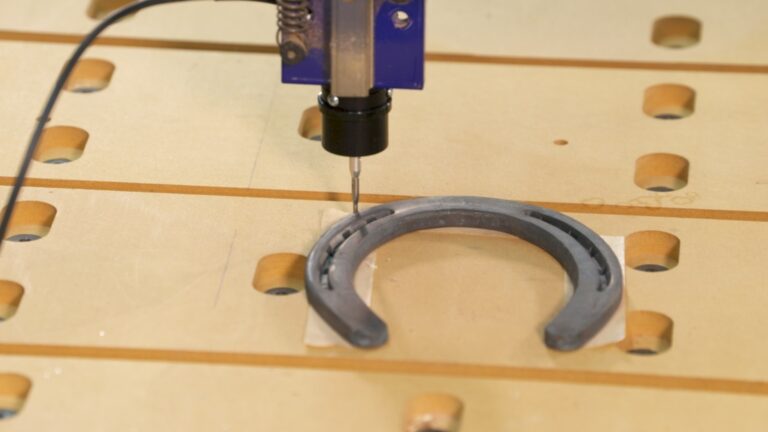
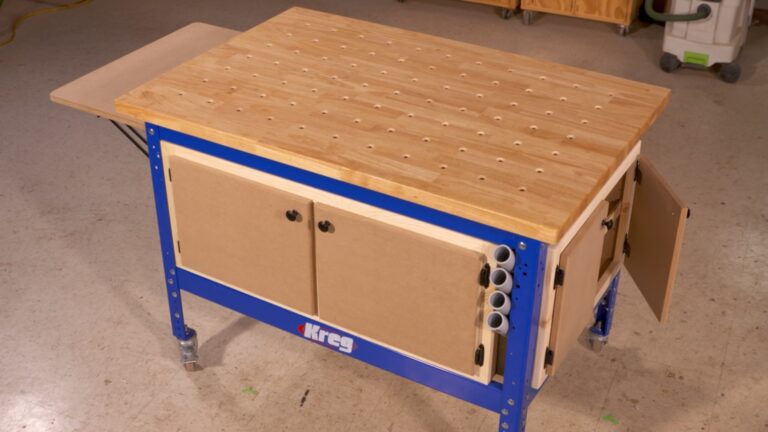


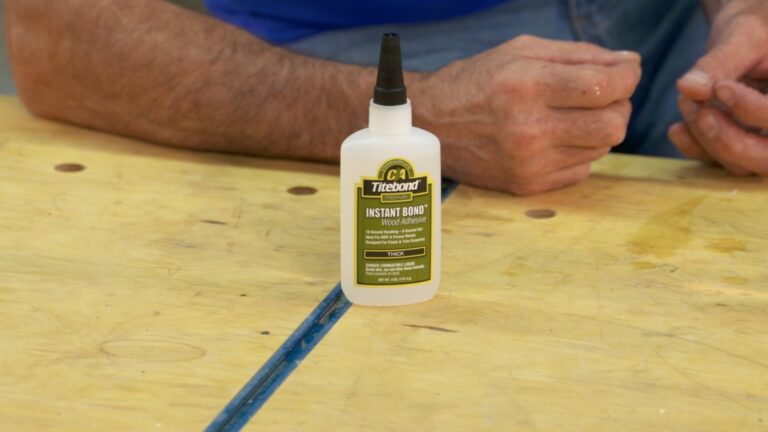
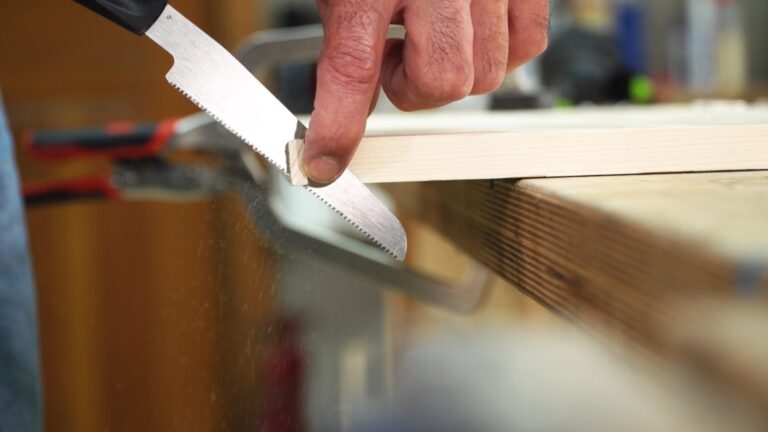
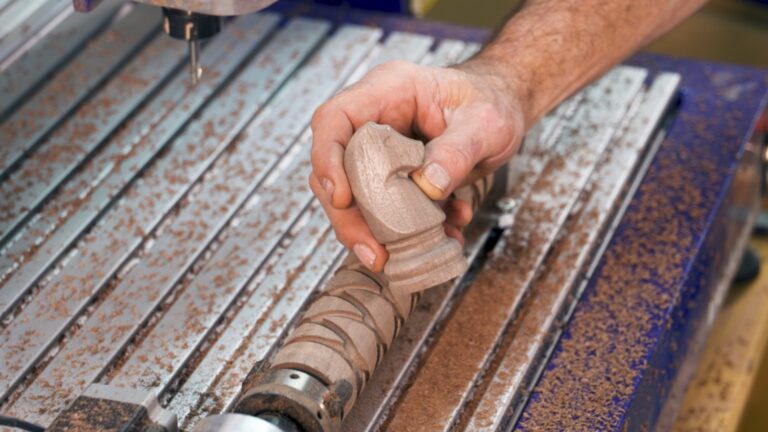
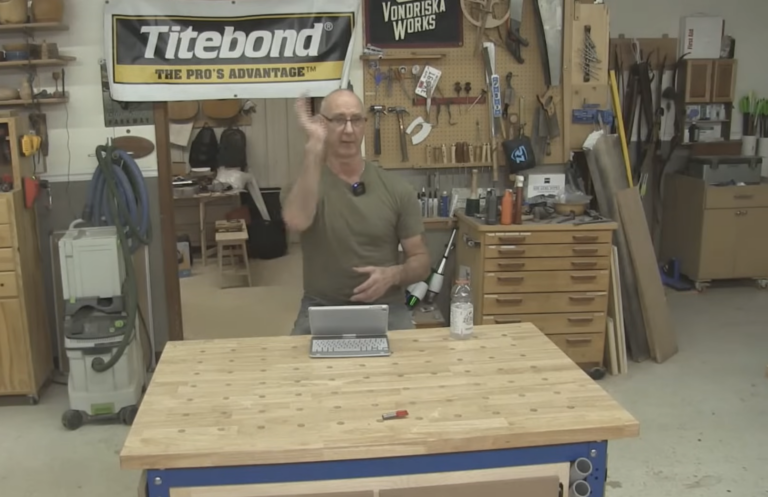
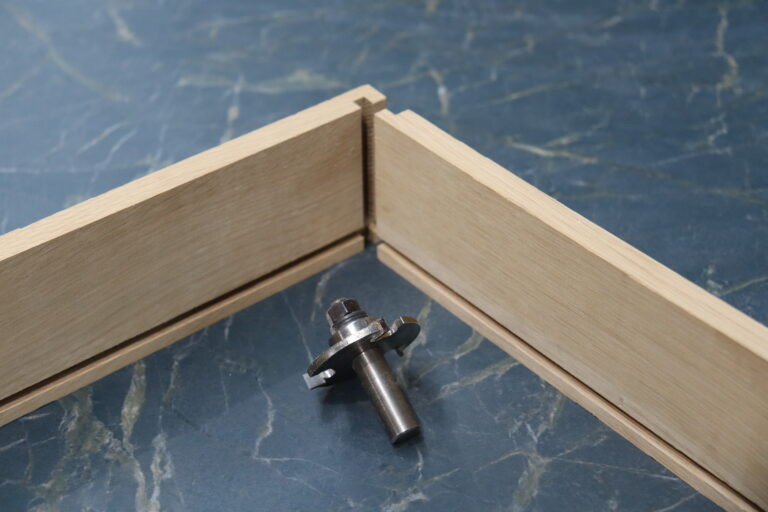
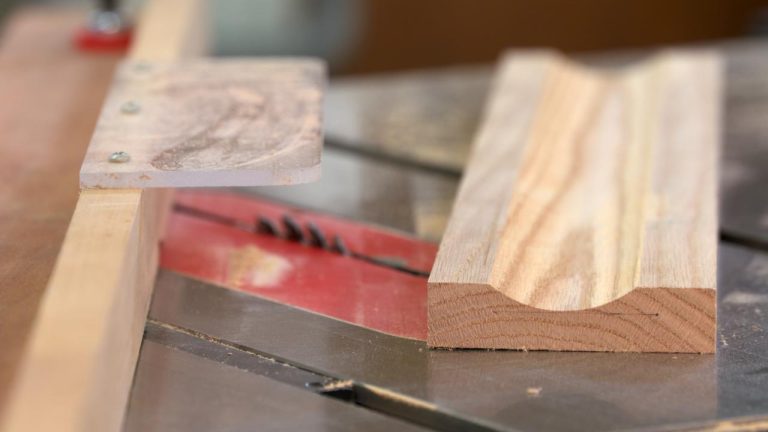

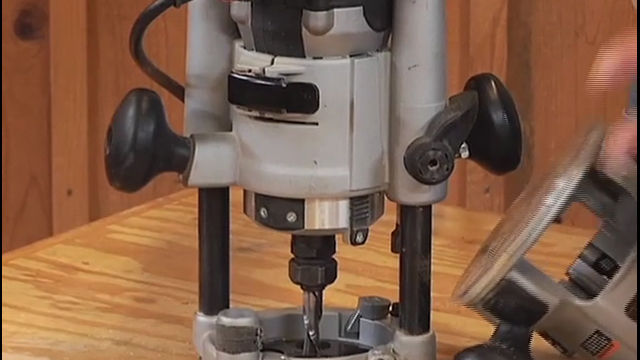

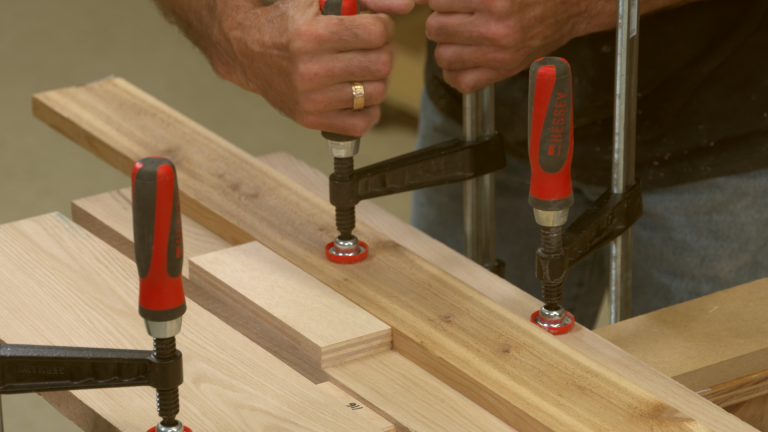
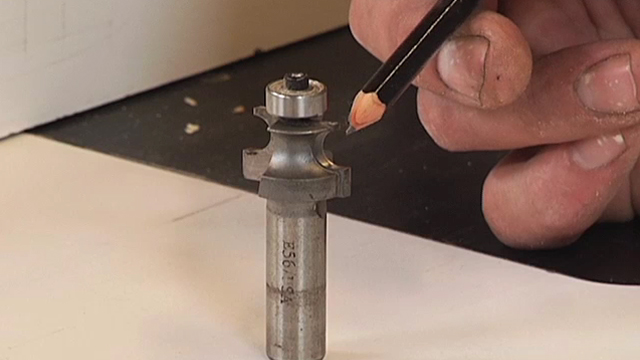

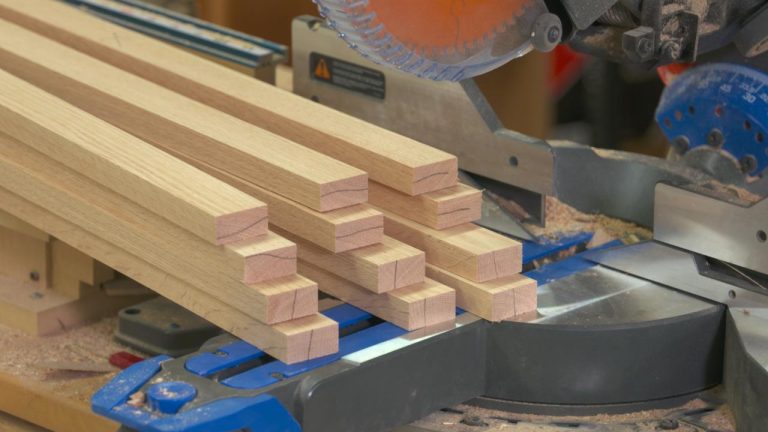
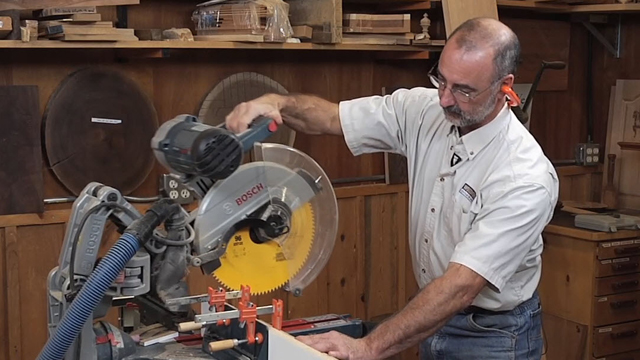
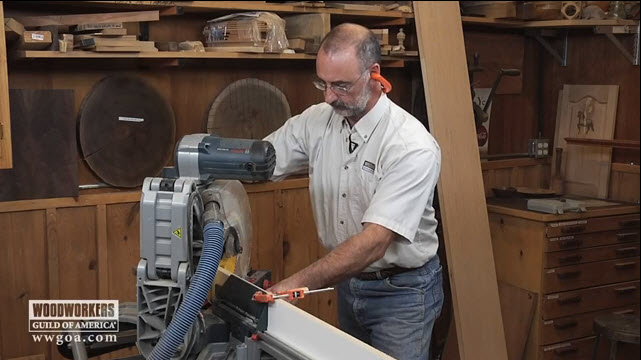
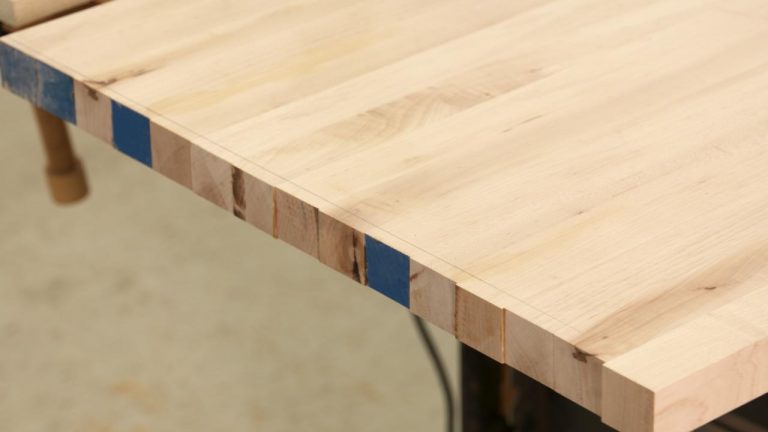

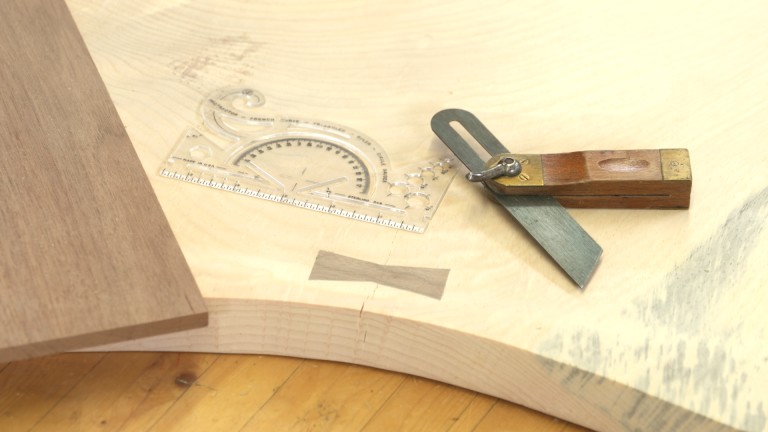
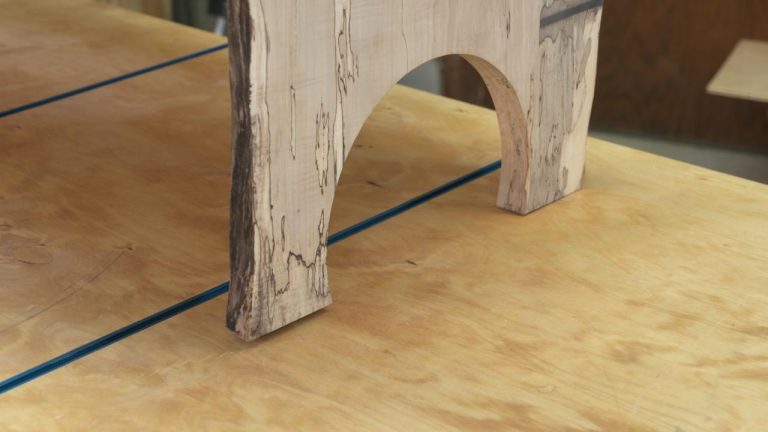

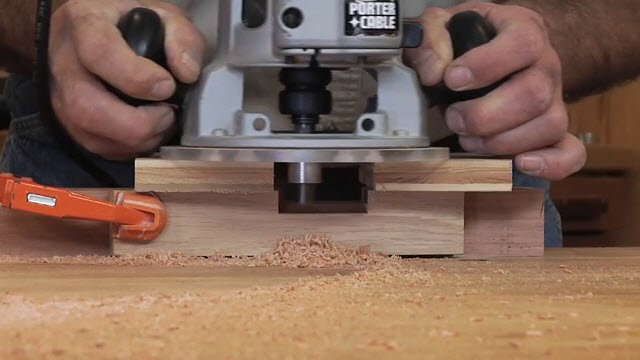
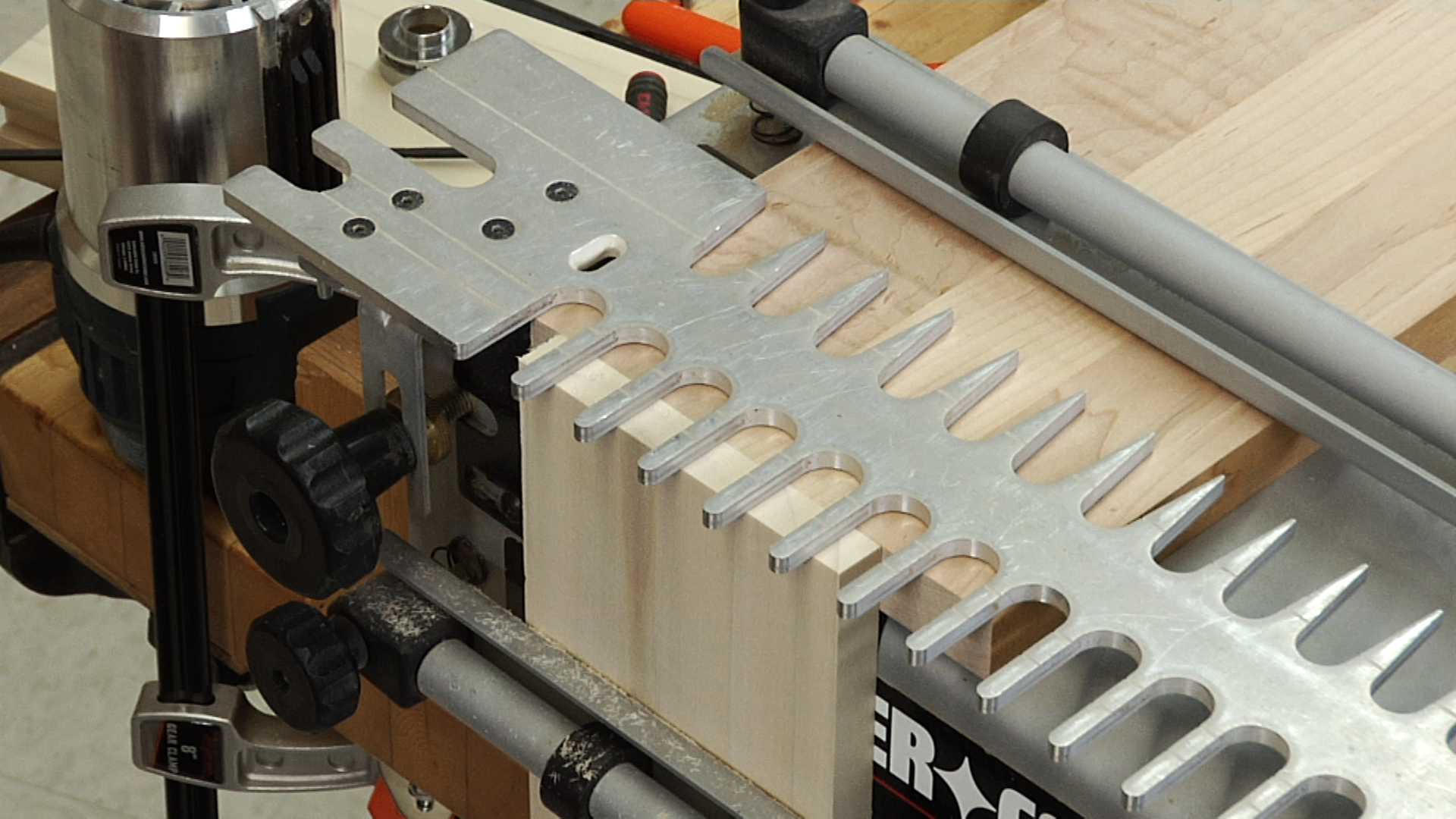


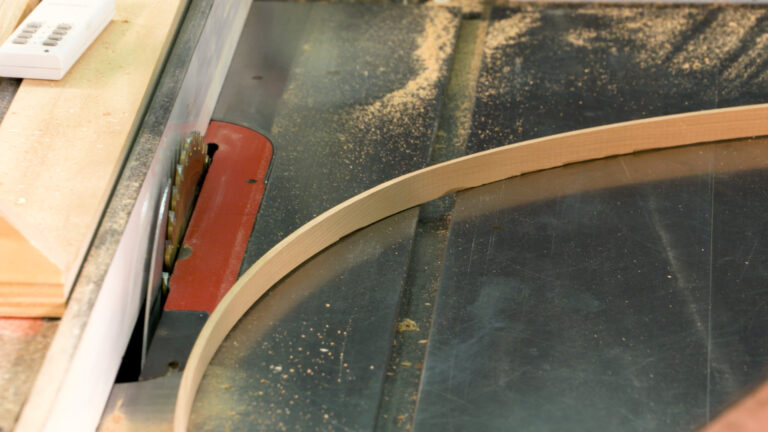


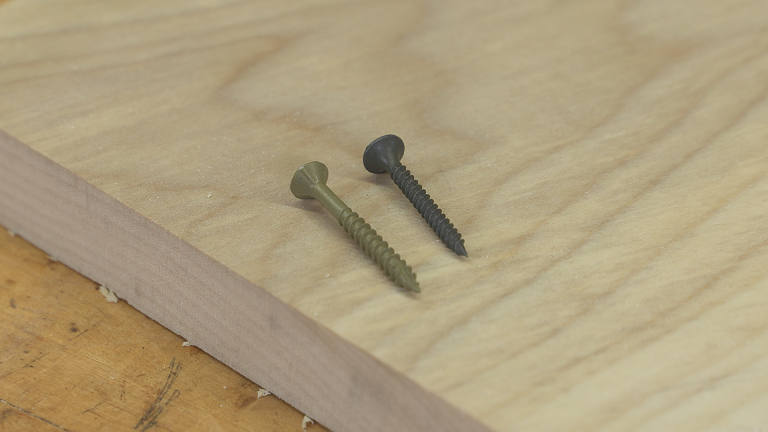


Paul, you totally nailed it (or routed it)! I don't know why they made the plunge base on my PC router like that. With the center of gravity so high, it's hard enough keeping the router flat and not tipping it even slightly. The larger the base diameter (and its contact with the work piece), the more stable the router will be.
Great tip! Who doesn't want 'way more better' results!
When would you use the straight side of the router base?
Yep. Someone had this very question- perhaps embedded in another thread. Thanks for verifying. I’ll add that on longer/bigger pieces where body mechanics/positioning is sometimes challenged the advantage of recommended approach become amplified.
I plead guilty!!!. I just never trusted to round side, I should have tested it.
A great tip, but do the manufacturers make the flat side for this purpose and just is not the best method??